Every year, DVT occurs in about 1 in 1000 people in the general population: ranging from 1 in several thousand people under the age of 20 years, up to 1 in 100 in those aged over 80 years.
Our Service
DVT (DEEP VEIN THROMBOSIS)
A deep vein thrombosis (DVT) is the formation of a blood clot in a deep vein, most commonly in the leg but it can also occur in the arm. The vein can be either partially or completely blocked.
How common is DVT?
What causes DVT?
Normally, blood flows smoothly through the veins without clotting. Clots develop in the body when the blood cells are triggered to clump together. The formation of DVT clots can be triggered by a combination of factors including:
Reduced blood flow through the veins increases the likelihood of blood cells sticking together. When people are immobile for a long period of time a DVT can form, eg as a result of being bed bound after an accident, surgery or illness, during long-distance travel (air, car, coach or train) or any situation which reduces mobility.
Changes in the clotting mechanism of the blood caused by pregnancy, some drug treatments and an inherited tendency to clot. This can make the blood cells stickier.
- Damage to the lining of the blood vessel wall This can trigger blood cells to stick to the lining in an attempt to mend it eg after surgical procedures, trauma or inflammation.
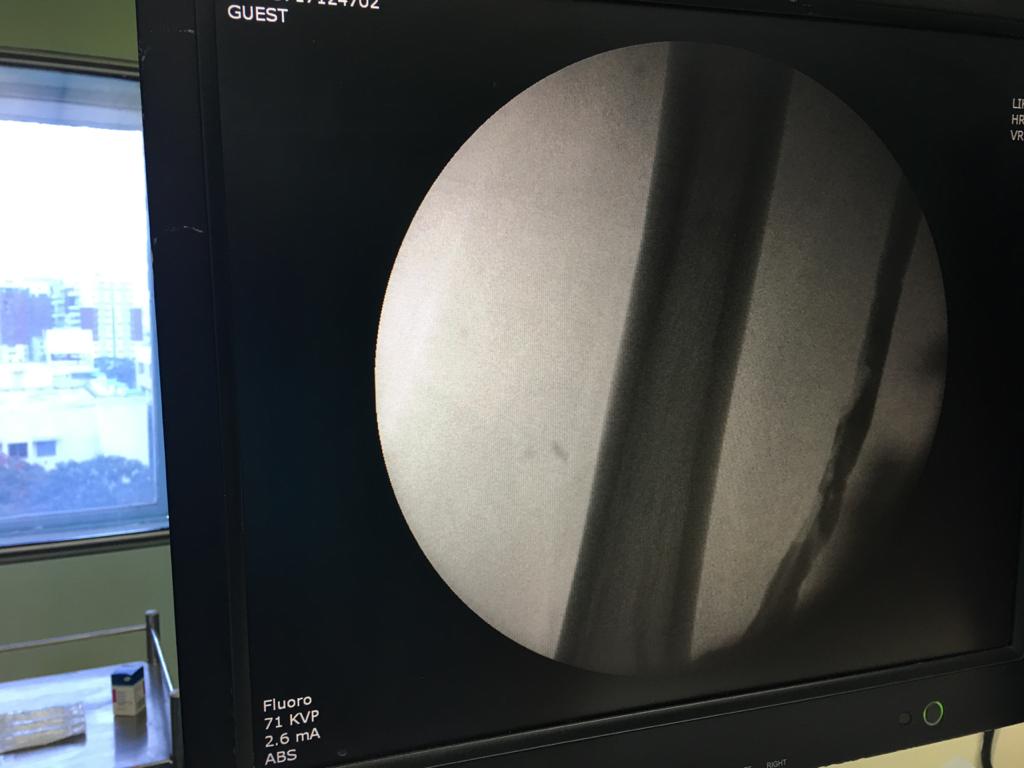
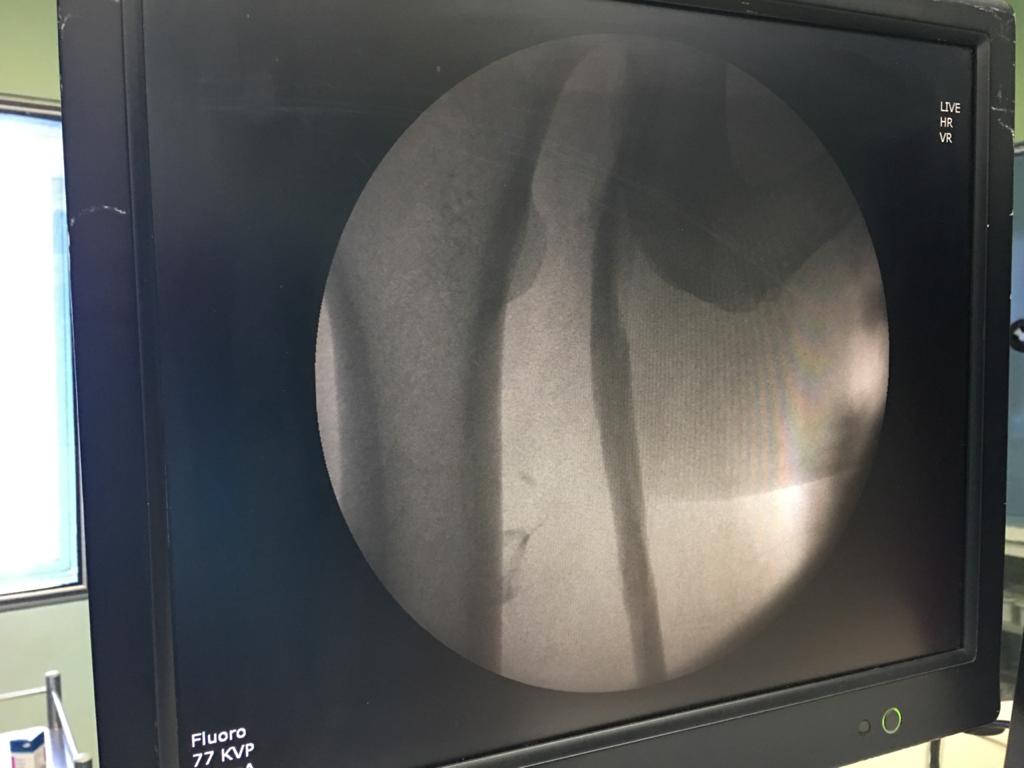

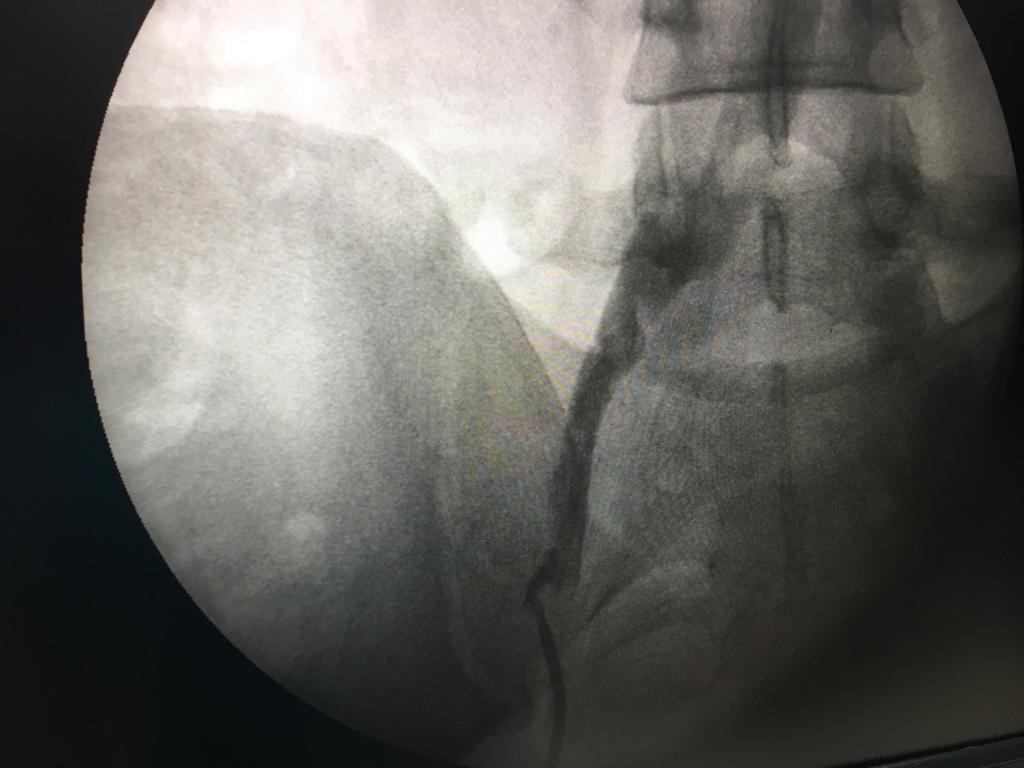
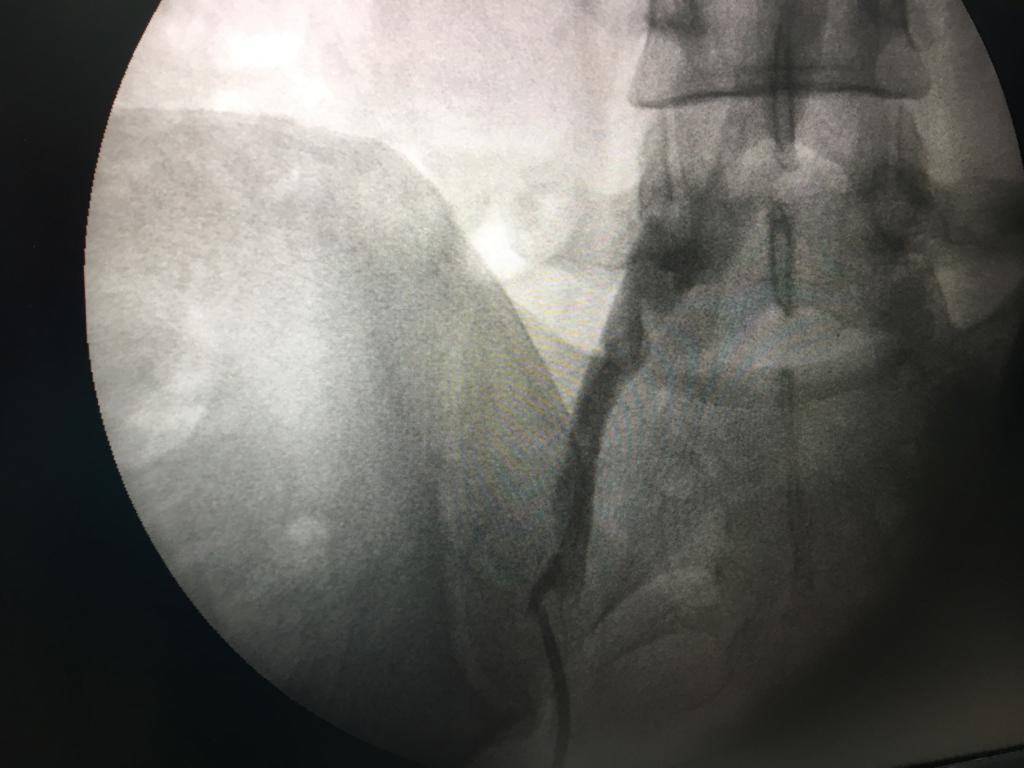
Who is most likely to get a DVT?
90 to 95% of all those people who develop DVT or pulmonary embolism are in the following groups

- Age
people aged over 40 years
Previous history
People who have had a previous DVT or PE
Existing health problems
Recent treatment for cancer, recent surgery, especially on the pelvis, hips or knees
Hormonal changes in women
Women who are pregnant or have recently had a baby; women who are taking the contraceptive pill or are on hormone replacement therapy (HRT).
How will I know that I have a DVT?
DVT is difficult to diagnose. The symptoms are usually sudden (acute) and may include
- Pain and tenderness in the leg
- Swelling in the leg (this is different from the mild ankle swelling that many people get during long-haul flights)
- Redness and /or discolouration in the leg
Being unable to weight bear (if the clot is in the leg). DVT nearly always affects one leg only. If a DVT is associated with a journey, these symptoms may develop hours or even days later.


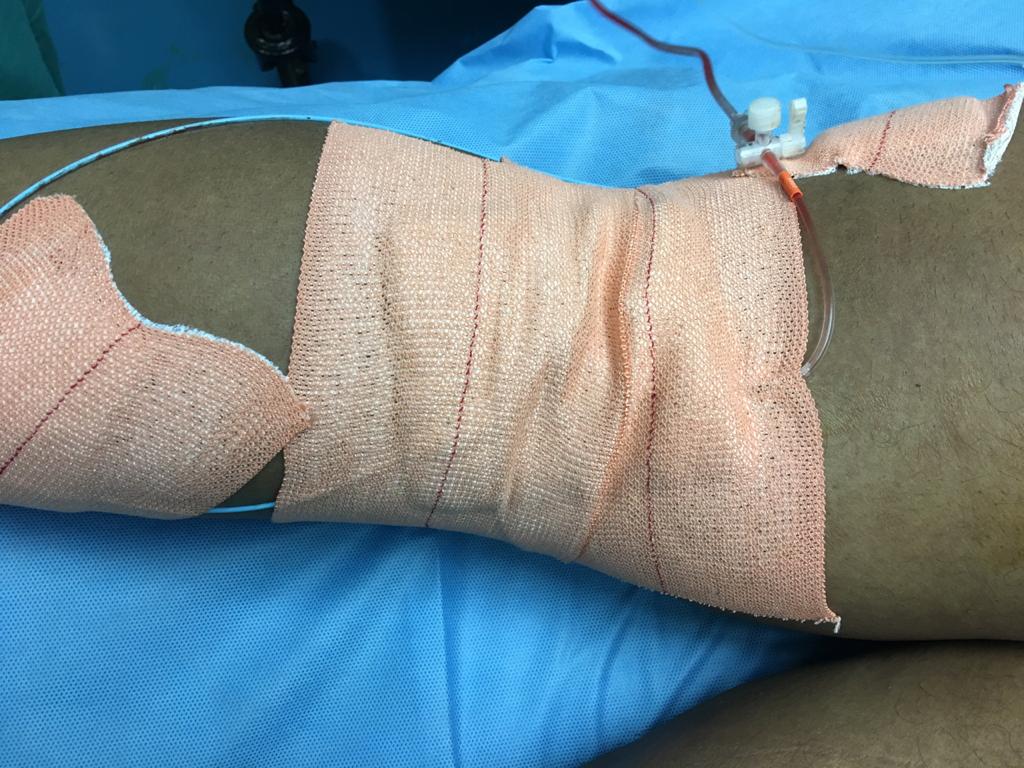
Treatment options for DVT Conservative
- Conservative
- Pharmacomechanical thrombectomy
- IVC filter insertion
If I am found to have a DVT, what will happen next?
If we find you have a DVT, we will arrange a medical assessment in the Emergency Assessment Unit. Most patients are suitable for outpatient management by the Thrombosis Treatment Team.
You will need to return to the Thrombosis Treatment Team for daily blood monitoring for an average of 5-6 days.